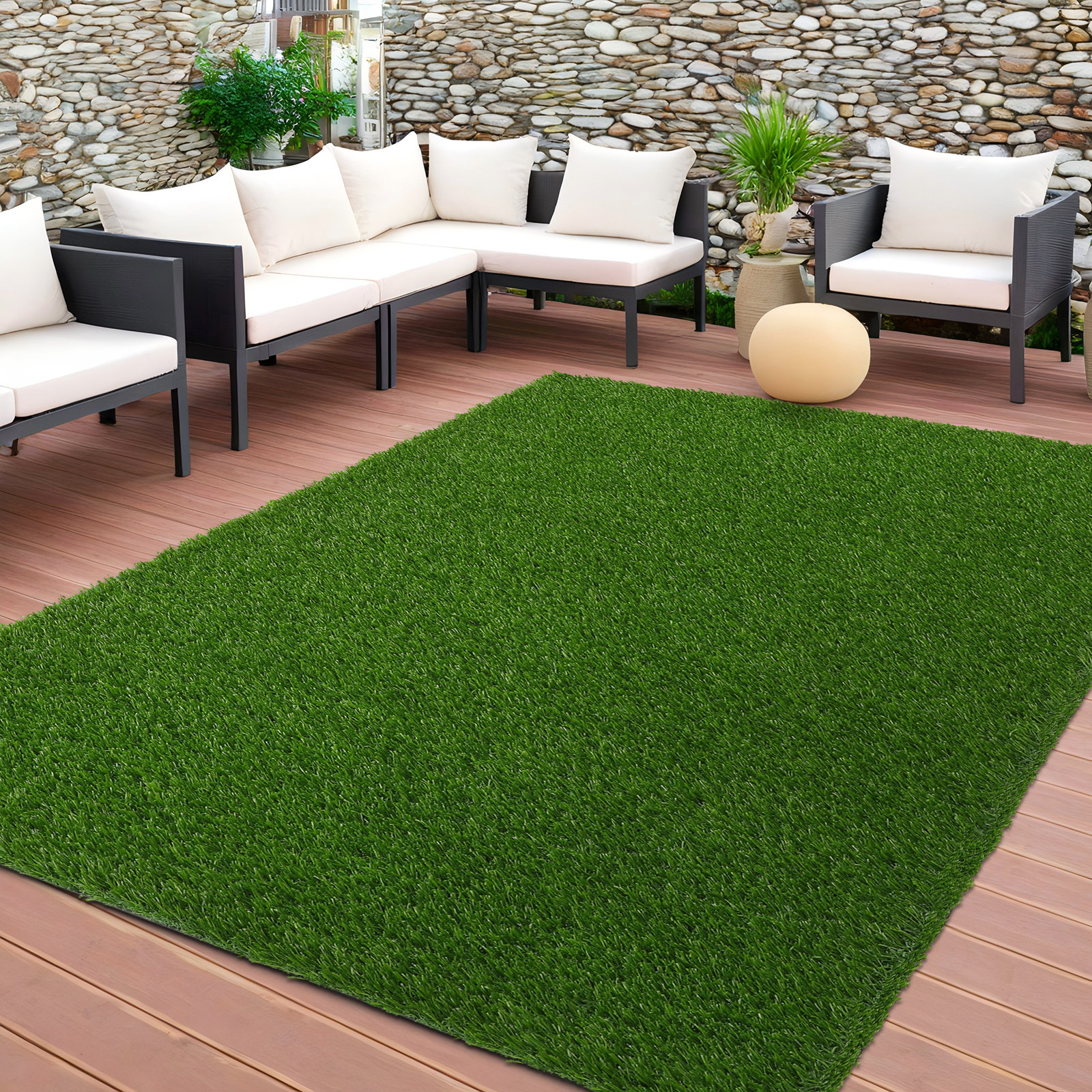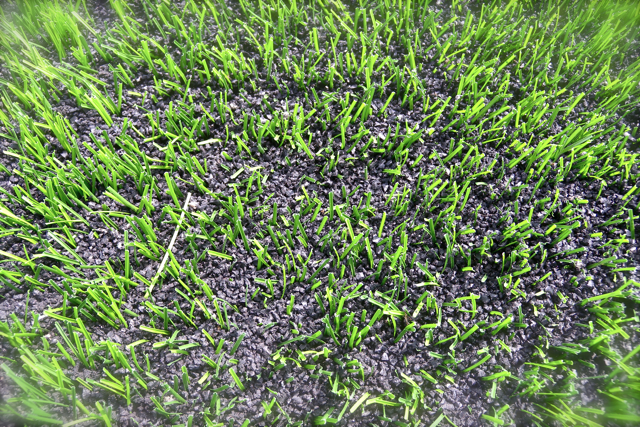Find the Top Turf Installation Phoenix AZ Solutions for Your Home or Commercial Property
Find the Top Turf Installation Phoenix AZ Solutions for Your Home or Commercial Property
Blog Article
Look Into the Environmental Conveniences of Opting for Synthetic Grass Solutions
The fostering of man-made grass remedies offers a compelling possibility to attend to pushing ecological obstacles. By substantially lowering water usage and minimizing the application of dangerous chemicals, these alternatives not only advertise lasting landscape design but likewise shield regional environments. In addition, the reduced carbon impact connected with lowered maintenance activities adds to a more sustainable approach to land monitoring. However, the effects of these benefits expand past mere preservation efforts, questioning regarding their long-term effect on habitat conservation and general eco-friendly balance. Discovering these measurements reveals an intricate interplay worth considering.
Water Preservation Benefits
One of the most significant advantages of man-made lawn is its capacity to preserve water. Typical grass lawns require substantial irrigation, especially in areas vulnerable to drought or water restrictions. On the other hand, synthetic grass does not require watering, substantially minimizing the general need for water sources. This attribute is specifically valuable in arid areas where water deficiency is a pushing issue.
By eliminating the requirement for normal watering, synthetic grass contributes to lasting landscape practices and assists alleviate the environmental effect of too much water intake. The conservation of water prolongs to the decrease of overflow, which can lead to dirt erosion and waterway contamination.
In addition, the setup of fabricated turf allows communities and house owners to assign water sources more efficiently, concentrating on vital usages such as drinking water and farming. The change in the direction of synthetic grass not just promotes accountable water use however likewise lines up with wider environmental goals targeted at protecting natural deposits.
As areas increasingly focus on sustainability, the water preservation advantages of synthetic grass present an engaging instance for its fostering in household and business landscaping tasks.
Lowered Chemical Usage
The transition to synthetic grass significantly decreases the dependence on chemical therapies typically utilized in natural grass upkeep. Standard turf management generally involves the application of fertilizers, chemicals, and herbicides to advertise growth and control bugs. These chemicals can position dangers to human health, neighborhood wildlife, and the setting, adding to soil and water contamination.
On the other hand, synthetic grass eliminates the requirement for these hazardous substances. As soon as mounted, it needs very little maintenance, mainly being composed of routine cleaning and occasional infill replenishment. This decrease in chemical usage not only profits the instant setting but likewise contributes to wider eco-friendly security. By reducing the launch of artificial substances into the environment, artificial grass advertises much healthier dirt and water systems.
Moreover, the lack of chemical runoff related to synthetic grass installments aids shield neighborhood waterways from pollution, supporting aquatic life and maintaining biodiversity. Phoenix turf companies. As neighborhoods progressively prioritize sustainable techniques, deciding for synthetic turf presents a viable solution that straightens with ecological preservation goals. Through this change, residential property owners can take pleasure in lavish environment-friendly areas without jeopardizing environmental wellness, paving the way for an extra lasting future
Reduced Carbon Impact

Moreover, the setup of sites synthetic grass can lead to significant water preservation. Natural lawns call for significant quantities of water for watering, which not only includes to the carbon footprint related to water extraction and therapy but additionally strains local water sources. On the other hand, synthetic grass requires minimal maintenance, requiring no watering, therefore significantly decreasing water use and its associated energy costs.
Furthermore, the durability of synthetic grass adds to its decreased carbon influence. With a lifespan of as much as 15 years or even more, the requirement for regular substitutes is lessened, leading to much less waste and lower energy usage in manufacturing and disposing of traditional lawn options. Generally, man-made lawn presents a sustainable option click to investigate for environmentally aware landscaping.
Habitat Preservation
Habitat conservation is a crucial factor to consider in the dispute over landscape design options, especially when contrasting fabricated lawn to natural turf. All-natural lawn yards commonly need comprehensive upkeep, consisting of the usage of plant foods, pesticides, and herbicides, which can detrimentally influence regional communities. These chemicals can leach into the soil and rivers, harming indigenous flora and fauna and interfering with local environments.
Man-made grass removes the demand for hazardous chemicals, thus shielding neighboring wild animals and keeping the honesty of surrounding communities. The installation of synthetic turf can lead to the conversion of former yard locations right into more biodiverse landscapes, such as pollinator gardens or indigenous plant areas, which can support local wildlife.
Ultimately, the transition to synthetic grass not just preserves water and lowers upkeep efforts but additionally cultivates an extra harmonious relationship in between human tasks and the native environment, promoting environment conservation at the same time.
Long-Term Sustainability
Long-term sustainability is an important element in evaluating the benefits of synthetic grass over traditional yard yards. One of the most substantial benefits of fabricated grass is its sturdiness; it can last up to 15-20 years with marginal upkeep, whereas all-natural lawn requires frequent reseeding and substitute. This durability reduces the requirement for constant resources, such as water, plant foods, and pesticides, which are vital for preserving a healthy and balanced turf yard.
Furthermore, synthetic grass contributes to a decrease in carbon emissions connected with lawn treatment equipment. Standard yards frequently page require gas-powered lawn mowers, leaners, and blowers, all of which add to air contamination. Arizona turf. In contrast, synthetic grass gets rid of the demand for such tools, promoting a cleaner setting
Furthermore, the manufacturing of fabricated turf significantly uses recycled materials, boosting its sustainability account. As manufacturers adopt eco-friendly techniques, the ecological impact of synthetic grass continues to diminish.

Verdict
The fostering of artificial turf services provides considerable ecological benefits, including considerable water preservation, minimized dependence on unsafe chemicals, and a reduced carbon impact. Additionally, synthetic grass aids in preserving natural habitats by minimizing land disruption and advertising long-lasting sustainability with using long lasting materials. Collectively, these elements underscore the possibility of synthetic grass to contribute favorably to environmental health and supply a sensible choice to conventional landscaping techniques in a significantly resource-conscious globe.
In comparison, synthetic grass does not require watering, dramatically minimizing the overall need for water resources. By lessening the release of synthetic compounds right into the community, artificial grass promotes much healthier soil and water systems.
Furthermore, the installment of artificial lawn can result in significant water conservation. In comparison, artificial grass needs very little maintenance, needing no watering, therefore considerably reducing water use and its associated energy prices.

Report this page